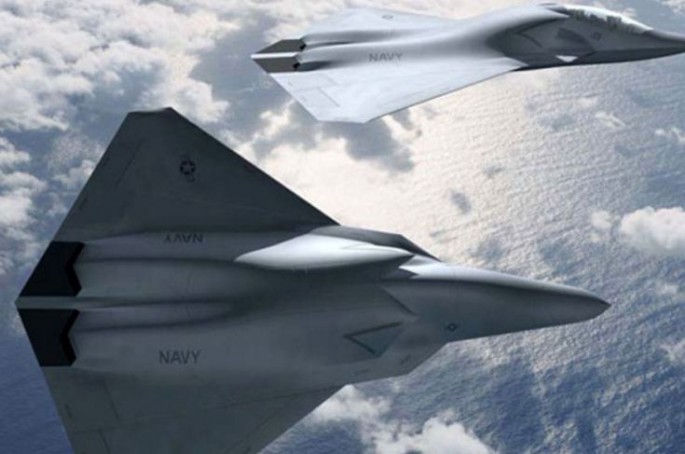Future air strikes against ballistic missile sites in mainland China by U.S. Air Force B-21 Raider stealth strategic bombers will be escorted by a sixth generation stealth fighter with the ungainly name of "Penetrating Counter Air (PCA)."
Both these future aircraft, which should see service towards the 2030s, are still under development but the specifications guiding their design emphasize long-range, persistent loiter and enhanced stealth, qualities useful against a distant enemy such as China.
The requirement for an escort fighter to ensure the success of B-21 missions harkens back to World War II when fleets of U.S. Army Air Force Boeing B-17 Flying Fortresses and Consolidated B-24 Liberators on bombing missions in Germany were protected by hundreds of North American P-51 Mustang fighters.
It also testifies to the growing strength of China's surface-to-air missile defenses operated by the People's Liberation Army Air Force (PLAAF). Reports in western media said the B-21 or any bomber belonging to the Air Force Global Strike Command will have difficulty penetrating western China without protection by long-range stealth fighters such as the PCA.
In the event of war, the B-21 will strike deep into China to destroy anti-ship ballistic missile (ASBM) sites to remove the threat they pose to U.S. Navy aircraft carriers. Without interference from Chinese ASBMs, the more powerful U.S. Navy is confident it can defeat the outmatched People's Liberation Army Navy in naval combat, whether surface or underwater.
The capability of China's ASBMs such as the DF-21 and its successor, the DF-26, to find and hit maneuvering targets such as U.S. warships over a thousand kilometers distant remains unproven, however.
The only guaranteed way to destroy a U.S. Navy carrier group is to bombard it with nuclear warheads, an option that will certainly lead to the annihilation of mainland China by America's nuclear arsenal numbering into the thousands of warheads.
China has never conducted over water tests of its long-range ASBMs against a maneuvering ship at sea but has admitted "sinking" static warship targets painted onto the sands of the Gobi Desert in northern China.
The Air Force plans to make PCA operational by the 2030s. This jet along with the Lockheed Martin F-22 Raptor, the Lockheed Martin F-35 Joint Strike Fighter and the new F-X Sixth Generation Fighter will maintain the U.S.' status as owner of the world's most powerful air force. PCA will replace the F-35.



























